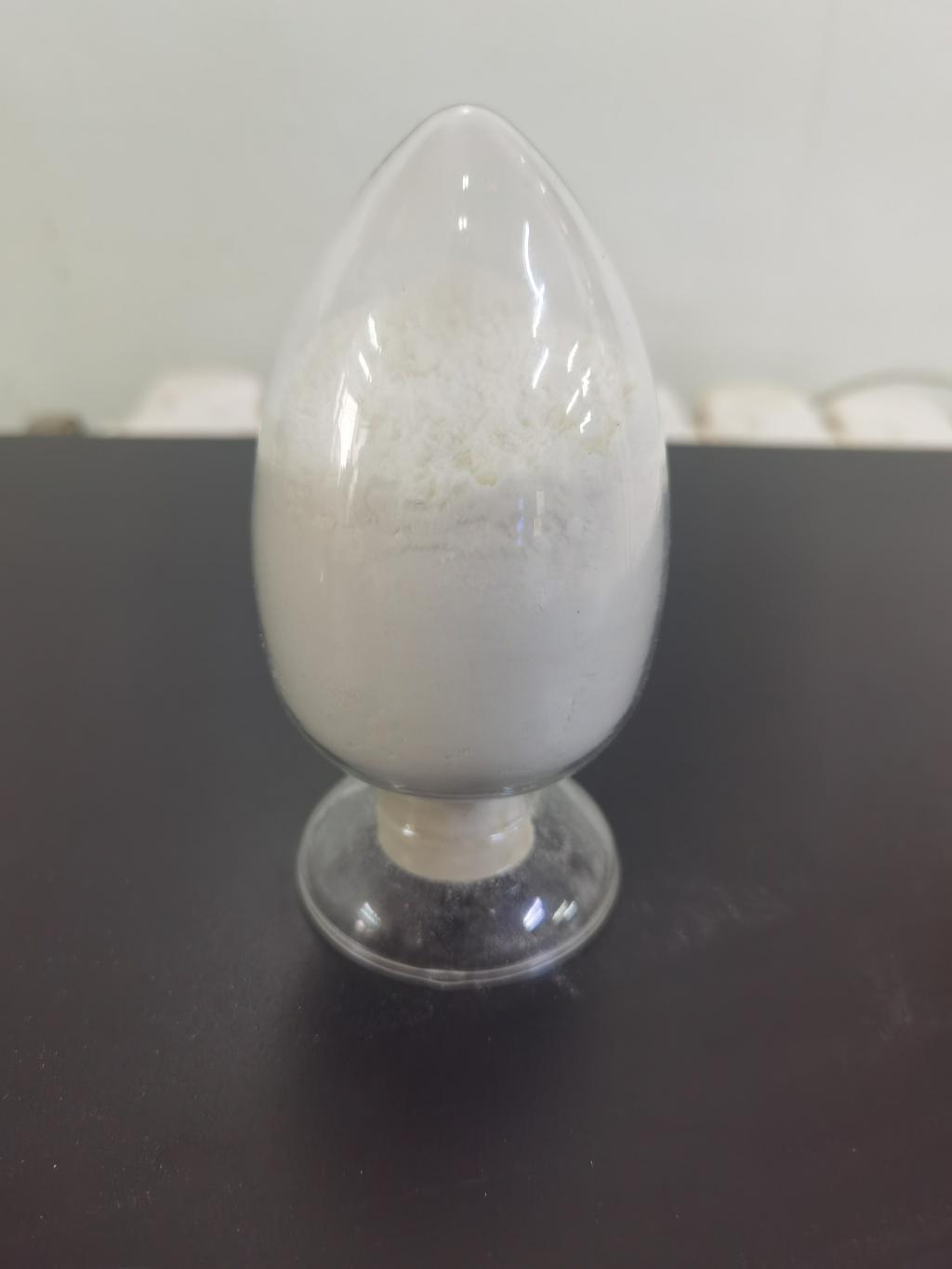Tel:+8618231198596

News
 CONTACT
CONTACT
 CONTACT
CONTACT
- Linkman:Linda Yao
- Tel: +8618231198596
- Email:linda.yao@dcpharma.cn
- Linkman:CHARLES.WANG
- Department:Overseas
- Tel: 0086 0311-85537378 0086 0311-85539701
News
Current Position:
Home >
News
>Exploring the Applications and Benefits of ε-Polylysine Hydrochloride
Exploring the Applications and Benefits of ε-Polylysine Hydrochloride
TIME:2024-01-08
1. Origins and Production of ε-Polylysine Hydrochloride:
ε-Polylysine is a naturally occurring homopolymer of the amino acid lysine. It is commonly produced by the bacterium Streptomyces albulus through a fermentation process. The hydrochloride form is the salt of ε-polylysine, and it is known for its cationic and linear structure, which imparts remarkable properties to the compound.
2. Antimicrobial Properties:
One of the most notable features of ε-polylysine hydrochloride is its potent antimicrobial activity. It exhibits inhibitory effects against a broad spectrum of microorganisms, including bacteria, fungi, and viruses. This makes it a valuable tool in combating microbial contamination and preserving the quality and safety of various products.
3. Applications in Food Preservation:
ε-Polylysine hydrochloride has found extensive use in the food industry as a natural preservative. Its antimicrobial properties make it an effective agent for preventing spoilage and extending the shelf life of a wide range of food products. From dairy to meat and baked goods, ε-polylysine hydrochloride offers a non-toxic and eco-friendly alternative to traditional chemical preservatives.
4. Role in Pharmaceuticals:
In the pharmaceutical industry, ε-polylysine hydrochloride is utilized for its antimicrobial attributes as well. It is incorporated into formulations to prevent microbial contamination during the production of drugs and medical devices. Additionally, research is ongoing to explore its potential as an antimicrobial agent in pharmaceutical products for topical or systemic applications.
5. Biomedical Applications:
Beyond its applications in food and pharmaceuticals, ε-polylysine hydrochloride is gaining attention in various biomedical fields. Its biocompatibility and antimicrobial properties make it a promising candidate for use in wound dressings, medical implants, and other healthcare-related applications.
6. Environmental Impact and Sustainability:
The eco-friendly nature of ε-polylysine hydrochloride adds to its appeal in an era where sustainability is a critical consideration. Unlike some synthetic preservatives, ε-polylysine hydrochloride is biodegradable and poses minimal environmental risks. Its production through fermentation processes also aligns with sustainable practices.
7. Regulatory Status and Safety Considerations:
Understanding the regulatory status and safety profile of ε-polylysine hydrochloride is crucial for its widespread adoption. This section will explore the approvals and regulations governing its use in different industries, ensuring that its applications comply with safety standards and guidelines.
8. Challenges and Future Perspectives:
While ε-polylysine hydrochloride presents numerous advantages, there are also challenges to address. This section will discuss any potential limitations, such as cost implications and scalability issues, and explore ongoing research and innovations aimed at overcoming these challenges.
9. Conclusion:
In conclusion, ε-Polylysine hydrochloride emerges as a multifaceted compound with diverse applications and substantial benefits. Its antimicrobial properties, coupled with its natural origin and sustainability, position it as a valuable resource in various industries. As research continues to unfold, the potential for ε-polylysine hydrochloride to revolutionize food preservation, pharmaceuticals, and biomedical applications becomes increasingly evident, promising a future where this compound plays a pivotal role in enhancing the quality and safety of products across different sectors.
- Tel:+8618231198596
- Whatsapp:18231198596
- Chat With Skype







